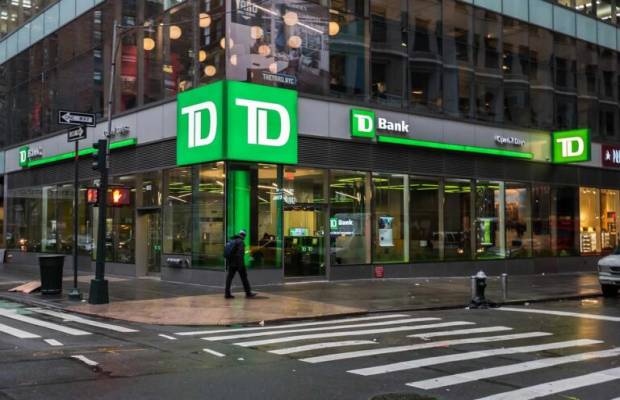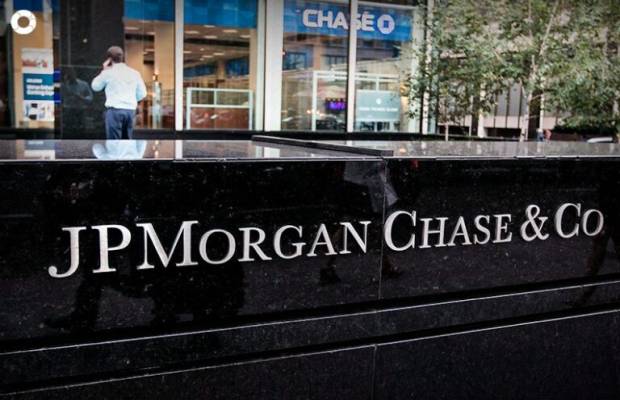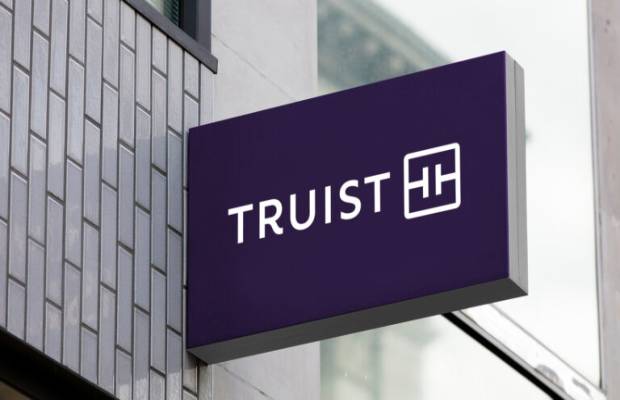Top 10 Largest Banks In The U.S.A (2023/2024)

In the ever-evolving landscape of the United States banking sector, the year 2023/2024 witnesses the continued dominance of financial giants shaping the industry. This exploration delves into the ten largest banks, each a formidable force with assets that collectively exceed a staggering $12.27 trillion as of November 2023. JPMorgan Chase, Bank of America, Citibank, and Wells Fargo stand prominently at the helm, maintaining their stronghold with over a trillion dollars in consolidated domestic assets. As technology becomes an integral player in the financial arena, these banking behemoths have not only adapted but thrived, heavily investing in digital innovation to enhance customer experiences.
The significance of entrusting one's financial resources to these major institutions becomes apparent, offering unparalleled access to a myriad of in-person services at expansive branch networks, an extensive ATM presence, and a diverse array of products and services. This article navigates through the intricacies of the United States banking landscape, examining the growth trajectory of these financial powerhouses since the aftermath of the Great Recession. As we explore the details of each institution, from JPMorgan's widespread consumer banking division to the global customer base of Bank of America and the digital innovation of Citibank, the financial tapestry of the nation unfolds, depicting a dynamic and resilient sector that continues to shape the economic landscape.
Largest Banks in the United States Of America (2023/2024)
- JPMorgan Chase
- Bank of America
- Citibank
- Wells Fargo
- U.S. Bank
- Truist Bank
- PNC Bank
- Goldman Sachs Bank
- Capital One Bank
- TD Bank
1. JPMorgan Chase

Total Assets: $3.3 trillion
JPMorgan Chase's consumer banking division, known as Chase Bank, leads with over 16,000 ATMs and 4,700 branches. It is the bank with the most domestic branches in America, serving about half of the country's households. Headquarters: New York.
2. Bank of America
Total Assets: $2.5 trillion
READ ALSO » Top 10 Best And Most Popular Banks In South Africa
Bank of America, with a global customer base exceeding 66 million, is renowned for its digital innovation, including the virtual assistant Erica. Operating in 3,800 locations across the USA, its headquarters are in Charlotte, North Carolina.
3. Citibank

Total Assets: $1.7 trillion
Citibank, the retail banking subsidiary of Citigroup, boasts 660 locations in the United States and over 1,800 branches worldwide. Customers in the U.S. can access over 65,000 fee-free ATMs. Headquarters: New York.
4. Wells Fargo

Total Assets: $1.8 trillion
Established in 1852, Wells Fargo holds the second-highest number of domestic branches with 4,600. Despite consolidating offices, the bank has introduced apps, including a savings app and a mobile banking app for millennials. Headquarters: San Francisco.
5. U.S. Bank

Total Assets: $590 billion
U.S. Bancorp, the parent company of U.S. Bank, is the fifth-largest commercial bank by assets. With a history dating back to 1863, it has over 2,200 branches, focusing on enhancing digital capabilities. Headquarters: Minneapolis.
6. Truist Bank

READ ALSO » Top 5 Largest Diamond Mines In Africa 2023
Total Assets: $565 billion
Formed through the merger of equals between BB&T and SunTrust, Truist Bank serves around ten million families through its 2,000 branches. Headquarters: Charlotte, North Carolina.
7. PNC Bank

Total Assets: $556 billion
PNC Bank, a regional bank with locations in the Northeast, South, and Midwest, expanded through mergers and acquisitions. It now operates in roughly 2,500 locations, with headquarters in Pittsburgh.
8. Goldman Sachs Bank

Total Assets: $490 billion
Details: Goldman Sachs, a global investment banking and securities corporation, offers banking products through Marcus, its online banking arm. Despite having only 2 branches, Goldman Sachs Bank stands among the largest banks in America.
9. Capital One Bank

Total Assets: $469 billion
Capital One Financial Corp, a Fortune 500 firm, operates Capital One Bank. With over 290 branches and cafes providing financial workshops, it has its headquarters in McLean, Virginia.
10. TD Bank
READ ALSO » The Top 10 Largest Insurance Companies In The United Kingdom: A Comprehensive Analysis
Total Assets: $401 billion
TD Bank, the commercial banking subsidiary of Canada’s TD Bank Group in the United States, serves customers along the East Coast across 1,100 locations. Headquarters: Cherry Hill, New Jersey.
In conclusion, the narrative of the United States banking sector in 2023/2024 is one of continued resilience, innovation, and substantial growth. The ten largest banks, including JPMorgan Chase, Bank of America, Citibank, and Wells Fargo, showcase not only their financial might with a combined asset value exceeding $12.27 trillion but also their adaptability in an era dominated by technological advancements.
As we traverse the banking landscape, it becomes evident that these institutions are not merely repositories for financial transactions; they are dynamic entities driving economic progress. From JPMorgan's expansive branch network to Bank of America's digital prowess and Citibank's global footprint, each bank contributes uniquely to the diverse financial needs of consumers and small businesses.
Furthermore, the sector's evolution since the Great Recession underscores its ability to weather challenges and emerge stronger. The strategic mergers, digital transformations, and geographic expansions, as exemplified by Truist Bank, PNC Bank, and others, reflect an industry constantly striving for innovation and customer-centric solutions.
In essence, the narrative of the largest banks in the U.S. is a confirmation to their enduring significance in the economic, embodying stability, progress, and a commitment to meeting the evolving needs of a dynamic society. As the financial landscape continues to evolve, these institutions stand as pillars, shaping the future trajectory of the nation's economic prosperity.
